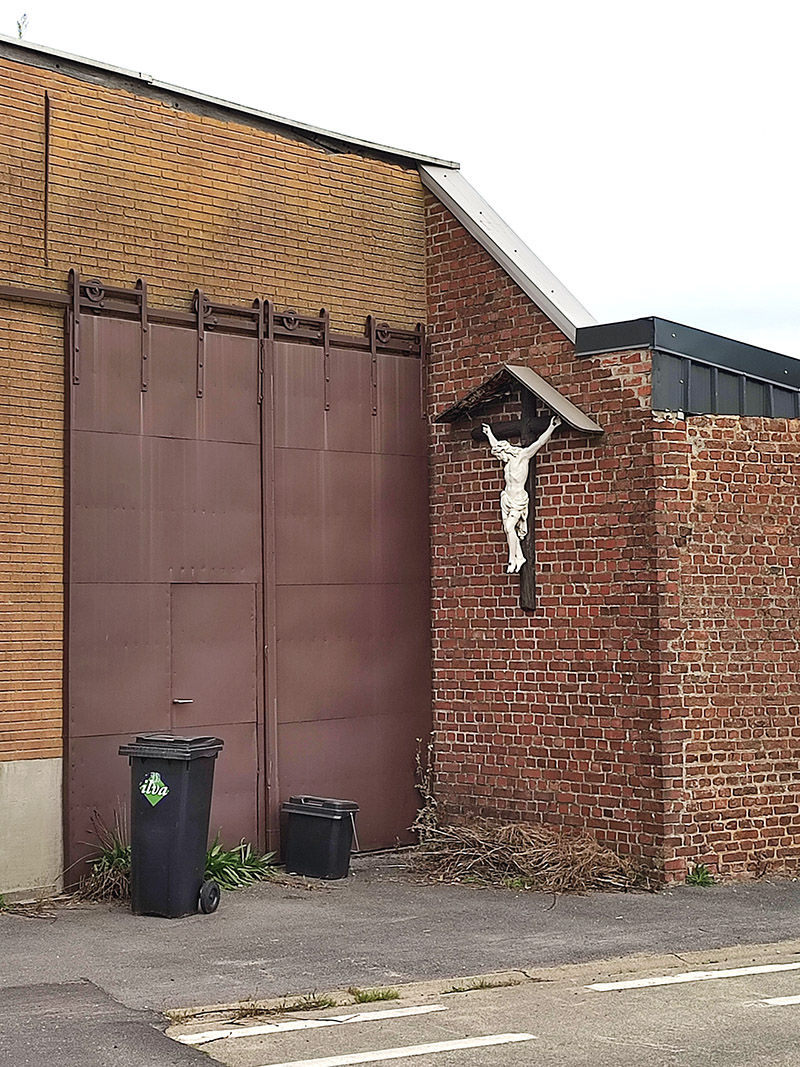The BEST Camera
- Jeffrey Van Daele
- Feb 10, 2024
- 4 min read
Updated: Feb 11
...is the camera you carry with you. Wise words from Chase Jarvis
Forget sensor size, forget ISO, forget megapixels. Brands would like to see us discuss this. That sells.
Something to think about. If a full frame is so much better than an APS-C (crop), why don't people consider medium format? These are now affordable and have an even larger sensor size. There was a similar discussion in the analogue era. Not between 35mm (FullFrame) and crop, because the latter did not exist yet, but between 35mm and medium format. Professional photographers used medium format, because 35mm was too small!
In the meantime, we have evolved from a 'sensor' of 10x12 cm (large format in the analogue era) to a sensor of 2.4 x 3.6 cm (full frame). You read that right! A sensor that is on average 8 cm smaller! The sensor of an APS-C is 1.5 x 2.2 cm. So on average one centimeter smaller. Is that worth discussing? A medium format has a sensor of 3.29 x 4.38 mm, one and a half times larger than a full frame. If you would like to see the evolution at a glance, I can definitely recommend this video by Zach Arias below.
This is certainly not an advertisement for medium format because I work with APS-C myself.
If I had to give advice to other photographers, I would first suggest quickly getting over the camera equipment questions. In my humble opinion, the make and format of a camera is ultimately low on the priority scale when it comes to making pictures. ~ Michael Kenna
What do I use myself and when?
1. The Real Deal When I go out to photograph for a report or when traveling, I always have a 16-55mm (eq 24-70mm) and a 100-400 (eq 150 - 600mm) with me. I work with two APS-C (crop) cameras (X-T4).
 |  |

2. Handy, fun and challenging When I go out with friends or my girlfriend, I always take a compact camera with me. Then there is less time for photography and I don't like to keep my friends waiting.
 |  |
I bought it once because I rarely have time to take photos during the photo trips that I lead. Let alone getting my equipment out of my backpack. A compact camera (with a fixed lens) weighs nothing and you can hardly feel it hanging around your neck.
A year later I noticed that 70% of the prints hanging in my house were taken with such a compact camera. Well, then you sometimes wonder why you keep carrying around that expensive material. Of course you can't zoom in with it, but working with a fixed lens takes me back to "the good old days" and challenges me to (learn to) look better. Based on this, I also started giving One Lens Walks and to my surprise these are my best running workshops.
You don’t ask a writer what typewriter he uses. ~ Man Ray
3. The camera that's always with you Now it's time to swear in church :-) . Of course, there are also times when you don't have a camera with you and you see a beautiful moment. You will probably curse and say: "I wish I had my camera with me", but you always have a camera with you, your smartphone. That's the best camera at that moment!
There are of course limitations and you cannot photograph everything, but it is possible to capture that feeling, that atmosphere or that decisive moment.
 |  |
You certainly don't need a $1000 phone. The photos above were taken with a $250 Xiaomi phone. It even has a macro, wide-angle and (small) telephoto lens on it! The images were edited with Snapseed.
Magnum and National Geographic photographer Christopher Brown is even forced to photograph his reports with a smartphone!

Ultimately, you learn to look better with every photo and every composition you make. Every click can set you on the path to a new project. For example, because I thought it was a funny image, I took a photo of a crucifix years ago. On my walks I see several of those urbex crucifixes and always take a photo of them with my smartphone. “Jesus Loves You” names the project. Will there ever be a book or an exhibition? I have no idea, but the fact that they were taken with my smartphone certainly won't stop me.
It is an illusion that photos are made with the camera… they are made with the eye, heart and head. ~ Henri Cartier-Bresson
How do you feel about this? Do you occasionally use your smartphone to take a photo?
The most important thing for me is to have fun while photographing, to be inspired and to be able to take a photo anytime, anywhere. The material I choose mainly depends on the purpose, but I notice more and more that that boundary is becoming blurred.

Comentários